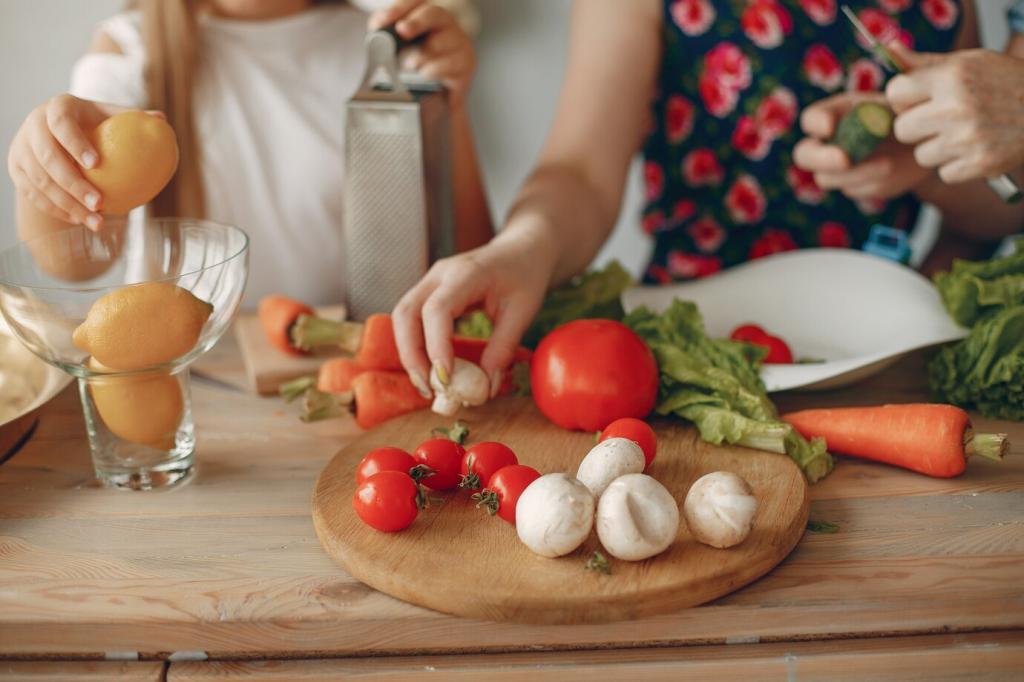Compost and Soil: The Hidden Ingredient of Every Chapter
Turn carrot peels, coffee grounds, and crushed eggshells into black gold. Balance greens and browns, keep it moist like a wrung sponge, and aerate weekly. Many cooks simmer stock first, then compost the spent aromatics—double duty, zero waste. Comment with your layering ratio.
Compost and Soil: The Hidden Ingredient of Every Chapter
Leave spades aside and layer compost, leaves, and mulch to protect soil life. No-dig systems help roots forage deeply, producing sweeter beets and steadier lettuces. Try it for a season, record texture changes in your recipes, and report back with photos and notes.





